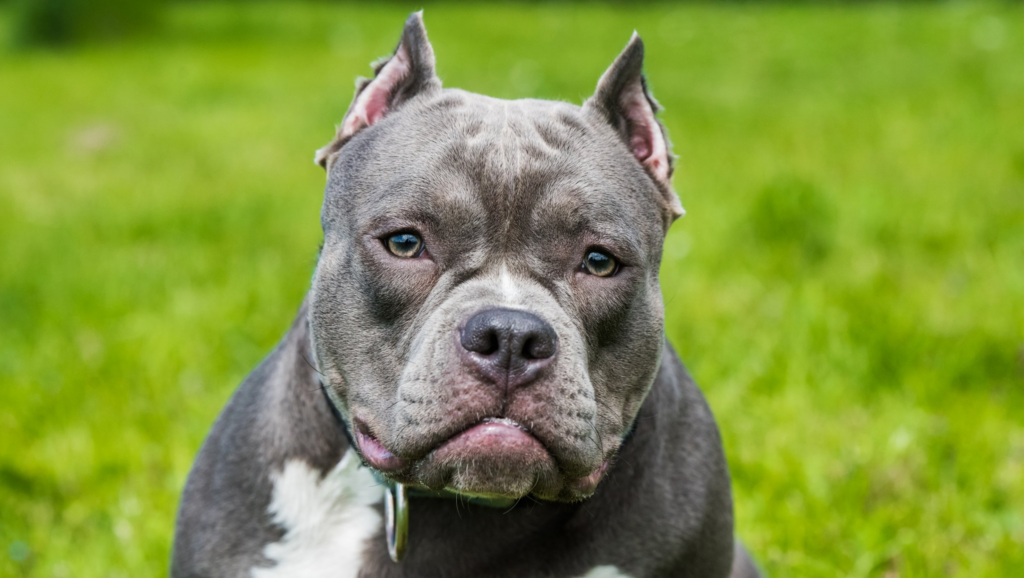Tue 7 May 2024
@ Contact us
Your newsletters
It isn’t only humans who become grumpier and more aggressive in hot weather or when the air is particularly polluted – dogs have been found to become more aggressive when the mercury rises.
Dogs are 15 per cent likely to bite us when it is hot and sunny because the heat and glare makes them uncomfortable and irritable, a study has found. A rise in air pollution increases the risk of a dog bite by 3 per cent.
When all of these conditions occur at the same time, the risk of a dog bite rises to 18 per cent, the research suggests.
Scientists believe dogs are more likely to become more aggressive when the air quality is poor because pollution reduces the function of dopamine, the feel-good hormone, on the brain.
Conversely, when it rains, the risk of a dog biting someone falls by 1 per cent.
“We know from previous studies that human aggression, such as the number of assaults, go up with higher temperature and air pollution, so we were excited to be able to show that this effect also exists in another species. This suggests that it is a biological effect rather than societal,” Clas Linnman, of Harvard Medical School, told i.
“We looked at variation day to day within a region, so it is not that dogs are more aggressive in warmer climates – it is rather an effect of the daily temperature,” he said.
“In terms of the temperature effect, it is probably a generalised stress response, pushing dogs and people closer to the edge. And our theory for air pollution is that it causes some oxidative stress that may in turn impact dopamine function [feel-good hormone] on the brain,” he said.
The research suggests it would be wise to be extra vigilant around dogs in hot and polluted conditions although Dr Linnman advises caution at all times.
“I don’t think temperature and air pollution are as important as the interaction. I suggest people learn a bit about how to interact with dogs as getting bitten can be quite nasty and is rather common,” he said.
The researchers examined data on dog bites in eight US cities – Dallas, Houston, Baltimore, Baton Rouge, Chicago, Louisville, Los Angeles, and New York City – between 2009 and 2018.
The data included 69,525 reported dog bites, an average of three bites a day over 10 years.
The researchers did not look seek to calibrate the precise increase in risk of a bite for each 1C increase in temperature. Instead, they looked at the overall rise that is likely when the temperature rose from around 20C to around 30C.
The study is published in the journal Scientific Reports.
All rights reserved. © 2021 Associated Newspapers Limited.

